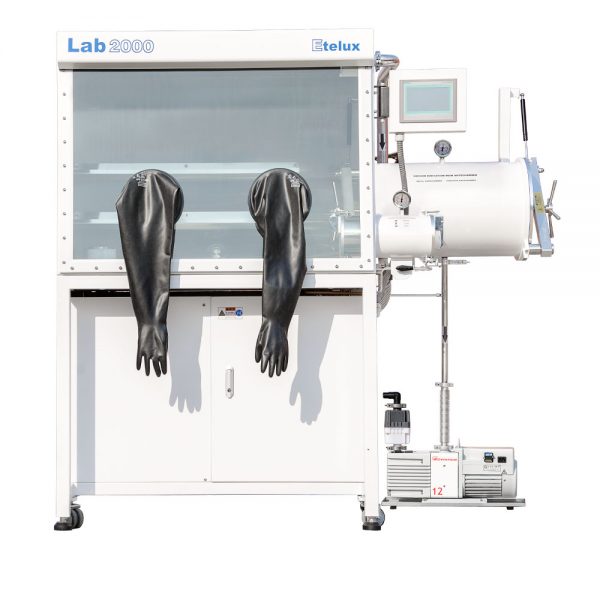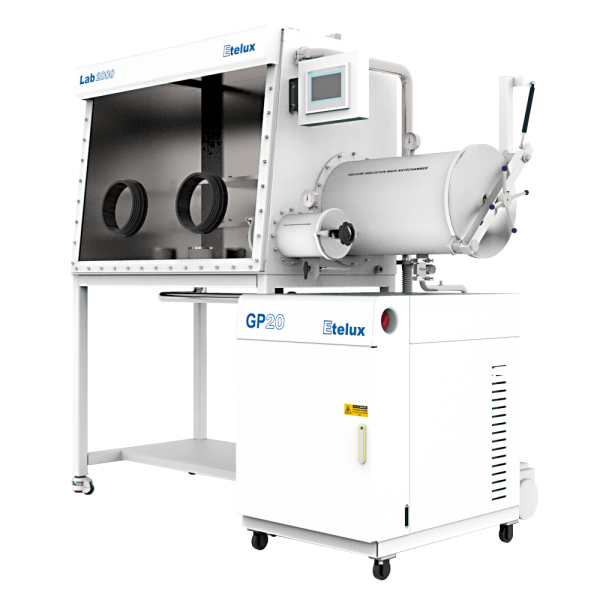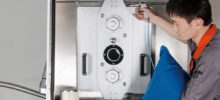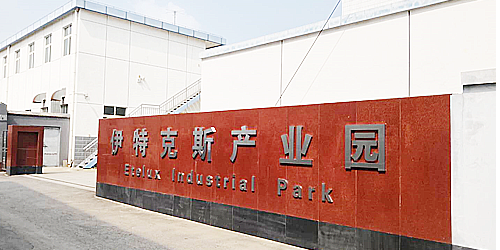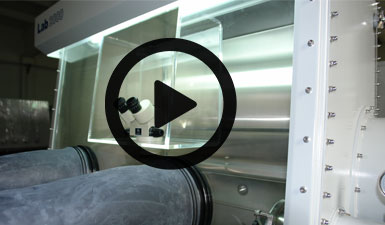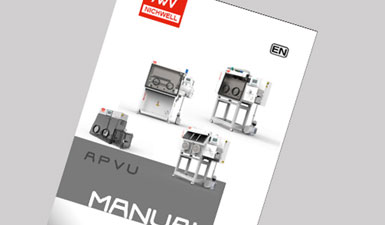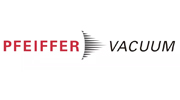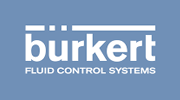Cylindrical battery liquid injection machine is a kind of equipment used to produce cylindrical batteries, and its main function is to automatically inject electrolyte into the battery case. Cylindrical battery liquid injection machine usually includes the following main components:
Electrolyte supply system: responsible for storing and supplying electrolyte. This part usually includes electrolyte storage tanks, transportation pipes and valves, etc.
Liquid injection device: responsible for transporting the electrolyte from the storage tank to the battery case. This part usually includes liquid injection head, liquid injection needle and control valve.
Control system: Responsible for controlling the whole liquid injection process, including controlling the flow rate of electrolyte, liquid injection time and liquid injection position. This part is usually realized by PLC (Programmable Logic Controller) or other automated control equipment.
Detection system: It is responsible for monitoring the flow rate of electrolyte, uniformity of liquid injection and completion of liquid injection. This part usually includes flow sensors, pressure sensors and liquid level sensors.
The working principle of the cylindrical battery liquid injection machine is usually as follows: firstly, the electrolyte is stored in the supply system; then, through the control system and the liquid injection device, the electrolyte is accurately injected into the casing of the cylindrical battery; finally, the liquid injection process is monitored and feedback-controlled through the detection system to ensure the quality and consistency of the liquid injection.if you have any need,contact me by e-mail:amy@etelux.com.
Cylindrical battery liquid injection machine plays a key role in battery production, which can improve production efficiency and product quality and reduce the uncertainty of manual operation. By automating the liquid injection process, more efficient and accurate battery manufacturing can be realized to meet the needs of batteries in different applications.
It is important to note that when using a cylindrical battery liquid injection machine, it is important to follow the relevant operating procedures and safety processes to ensure the safety of operators and equipment.
Integrating a cylindrical battery filler inside a glove box requires some design and modification work. Below are the possible steps:
Glove box design: first, the glove box needs to be designed to accommodate the size and function of the cylindrical battery dispenser. Consider the space, structure and layout of the glove box to ensure that it can accommodate the fluid dispenser and its corresponding components.
Installation Location Selection: Select a suitable location within the glove box to install the Cylindrical Battery Fluidizer. Consideration needs to be given to the ease of operation and maintenance of the dispenser, as well as coordination with other components.
Size Matching: According to the size of the dispenser and the space inside the glove box, make appropriate size adjustments. It may be necessary to redesign or remodel the internal structure of the glove box to ensure the safe installation of the dispenser and related equipment.
Connecting piping: Connect the electrolyte supply system to the liquid injection unit. Suitable delivery piping and fittings need to be designed and installed to ensure stable and reliable fluid transfer. Attention is paid to the use of corrosion-resistant materials to prevent the electrolyte from corroding the piping and connectors.
Control system integration: Integrate the control system of the liquid dispenser with the control system of the glove box. If the glove box did not originally have a control system, it may be necessary to add a PLC or other automated control device and program and connect it accordingly.
Safety considerations: Ensure the safety of the dispenser during installation and subsequent use. For example, provide suitable ventilation and cooling for the fluid dispenser and associated equipment to avoid the risk of overheating.
When doing the above, it is recommended to seek professional design and engineering (etelux) support to ensure that the entire integration process runs smoothly and in accordance with relevant codes and standards. At the same time, it is important to pay attention to the maintenance and upkeep of the fluid dispenser, and to inspect and clean it regularly to ensure its proper operation and long-lasting use.

